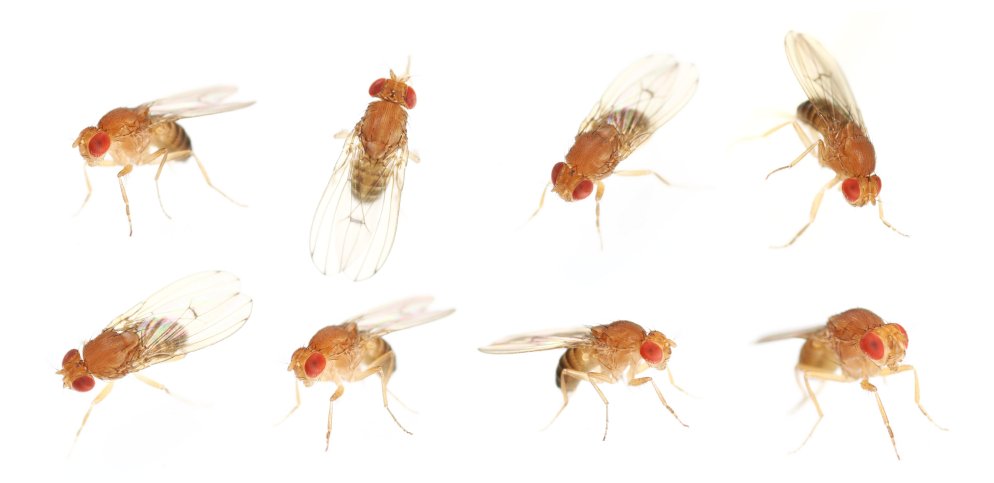Solving the Pellagra Mystery
Finding the cause of a trait can be tricky. In the early 1900s, a disease called pellagra (pell-AG-ruh) became common in the southern United States. Pellagra causes severe skin rashes, stomach problems, severe depression, and dementia.
The disease was common in families, so some doctors thought it was genetic. Others thought it was due to a viral or bacterial infection. After many failed attempts to find the cause, they finally found patterns that revealed pellagra is a vitamin deficiency. People were eating large amounts of corn processed in a way that made niacin (vitamin B3) unavailable for them to absorb. Adding niacin to patients' diets cured the disease, and changing the way corn was processed prevented further spread.

